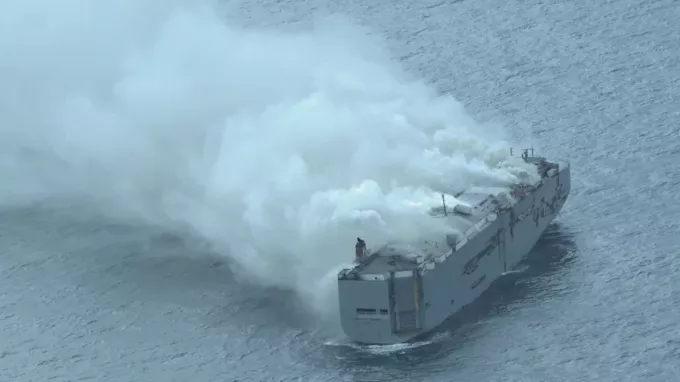Forwarders 'allowing the fox into the chicken run' by supporting 'hungry' carriers
Forwarders are “allowing the fox into the chicken run” by supporting carriers that also work ...

Carrying cars on containerships rather than pure car and truck carriers is unlikely to reduce the risk of ship fires, according to industry experts.
Authorities on the scene of this week’s tragic Fremantle Highway fire yesterday, keen to avoid a repeat of ...

Comment on this article